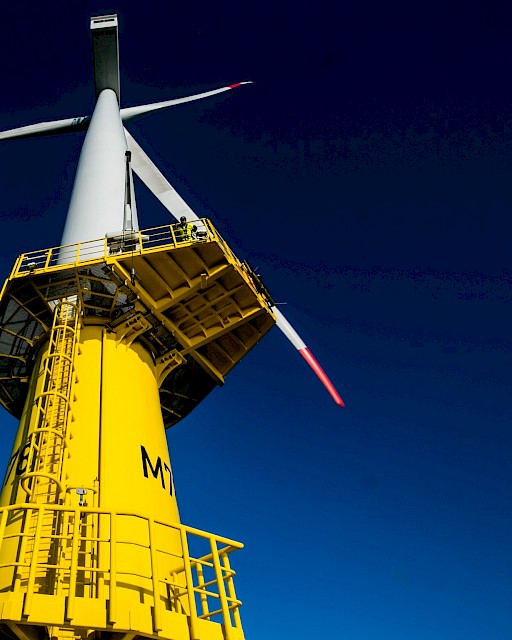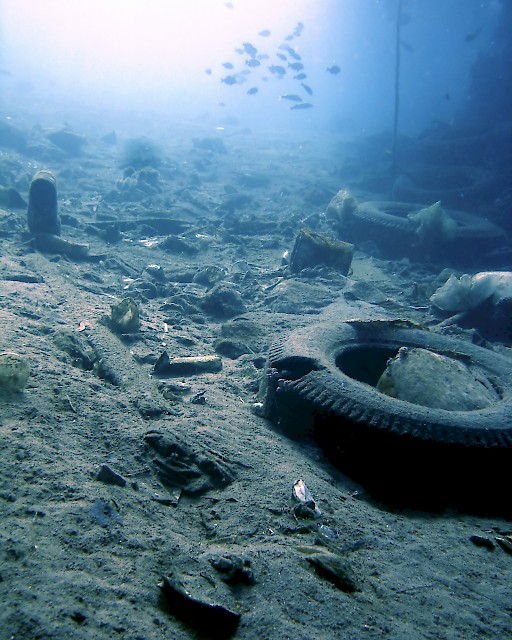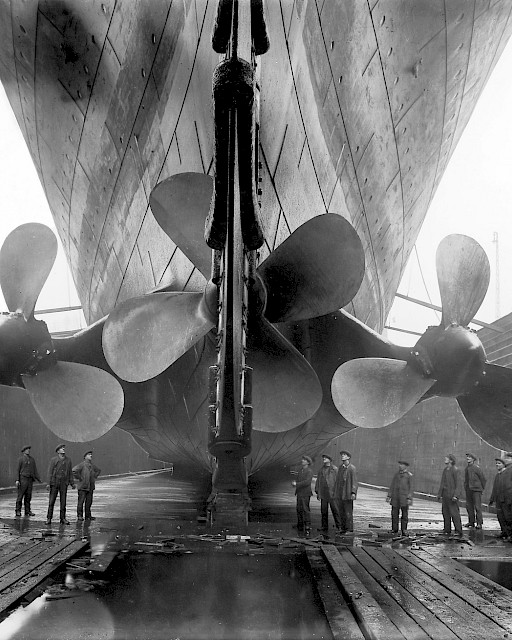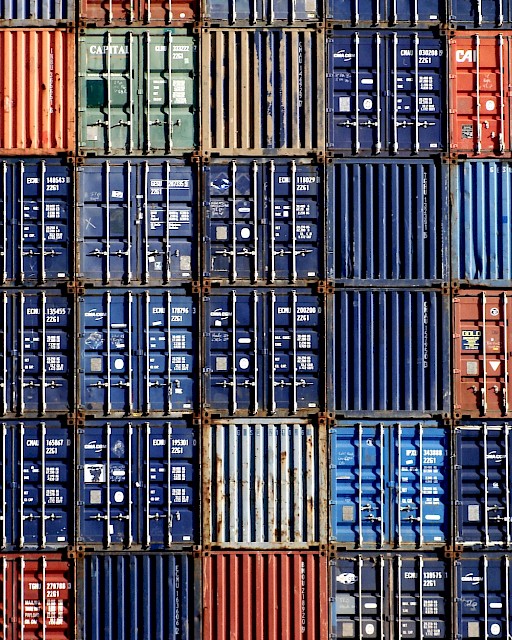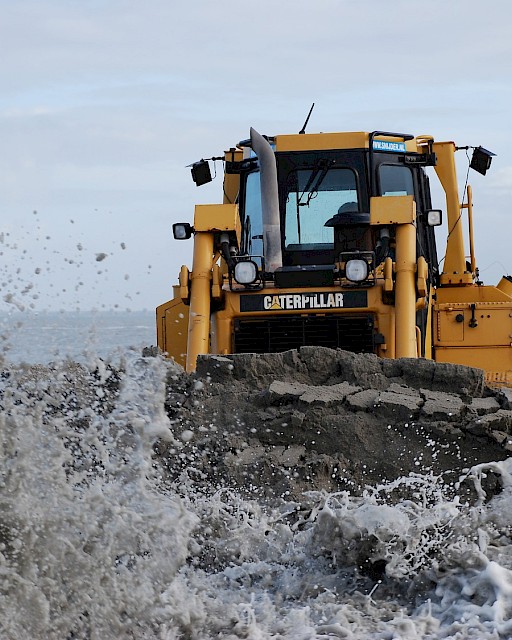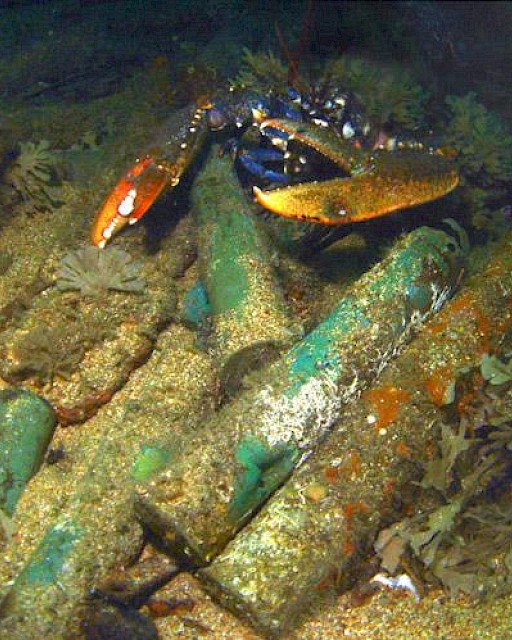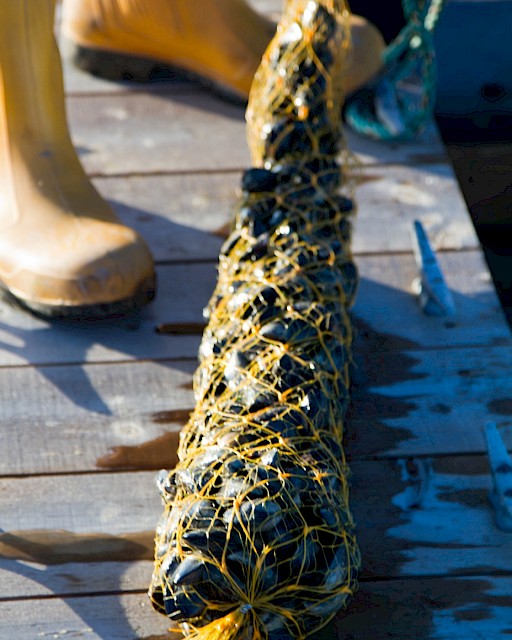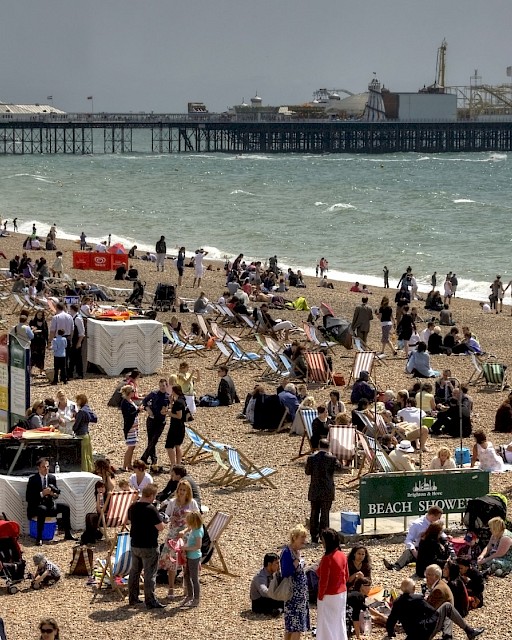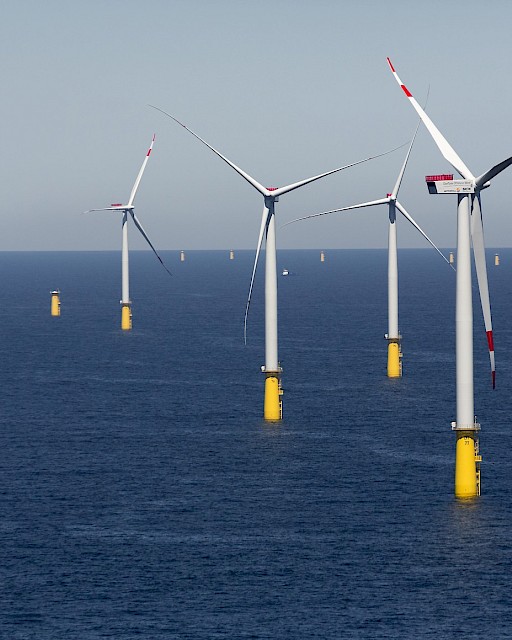Shipping and Ballast Water
Shipping and Ballast Water
Although maritime transportation is considered to be a comparatively environmentally friendly means of transport, shipping also has impacts on the marine environment. Problems include:
- accidental or illegal pollution with oil or Hazardous and Noxious Substances (HNS);
- the introduction of alien invasive species via ballast water;
- air pollution emissions;
- toxic substances from anti-fouling paints;
- pollution from marine litter.
One of the areas that OSPAR has focused on in recent years is the issue of invasive species. A study on non-indigenous species published by the European Environment Agency in 2019 reported that, between 1949 and 2017, 256 non-indigenous species were recorded in the North-East Atlantic Ocean (EEA, 2019)Some of the main routes for these unintended introductions are through the discharge of ballast water (and the sediments that it carries) and fouling on ships’ hulls. The risk of new species introductions is related to the amount of ballast water discharged, the frequency of ship visits and the match between environmental conditions where ballast water originated and where it is discharged.
Non-indigenous species can severely affect the structure of ecosystems. For example, the comb jelly (Mnemiopsis leidyi) which feeds on zooplankton and fish eggs was introduced to the Black Sea through ballast water in the 1980s and has been associated with dramatic changes in the pelagic food web and the collapse of commercial anchovy fisheries.
The Ballast Water Management Convention entered into force in 2017. It requires ships to manage their ballast water to meet standards referred to as D-1 and D-2. The former requires ships to exchange and release at least 95 per cent of ballast water by volume far away from a coast. D-2 raises the restriction to a specified maximum amount of viable organisms allowed to be discharged, limiting the discharge of specified microbes harmful to human health. It generally includes the installation of a ballast water treatment device, which enables sterilisation.
In preparation for the entry into force of the IMO Ballast Water Management Convention, OSPAR worked with HELCOM to adopt the Joint Harmonised Procedure for the Contracting Parties of HELCOM and OSPAR on the granting of exemptions under the International Convention for the Control and Management of Ships’ Ballast Water and Sediments, Regulation A-4 (OSPAR Agreement 2015-01). This sets out a common risk assessment and monitoring approach for the granting of exemptions to vessels under the convention, with the aim of minimising the risk to the environment. It includes an online Joint Decision Support Tool, which supports the decision making process both for national administrations and industry based on the Joint Harmonised Procedure. The online tool is based on a database of port and environmental monitoring data and is administered by the HELCOM Secretariat.

